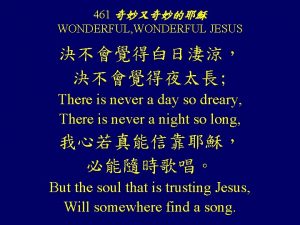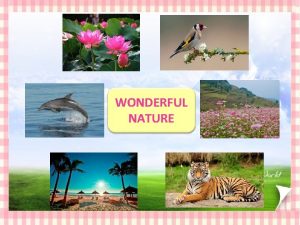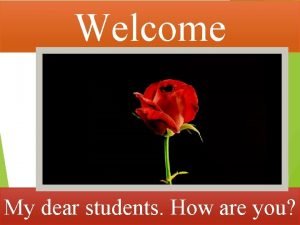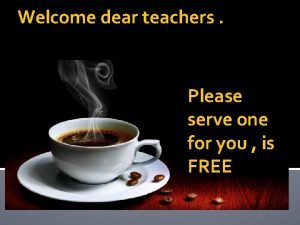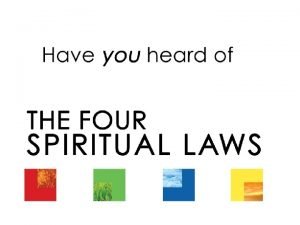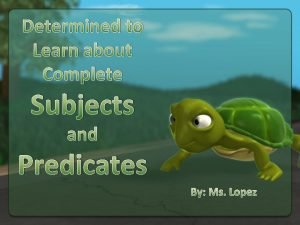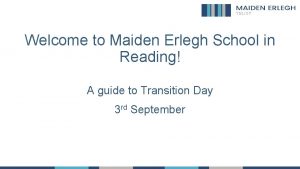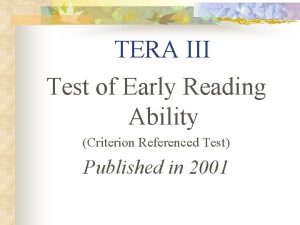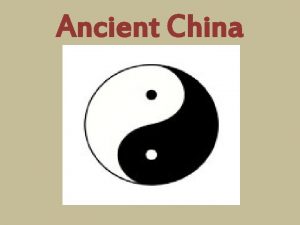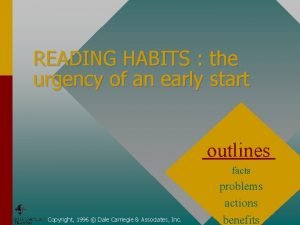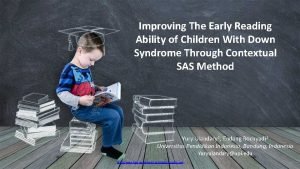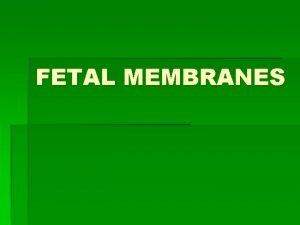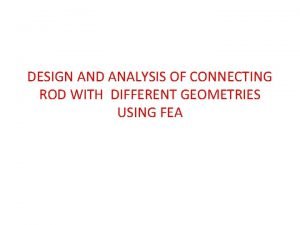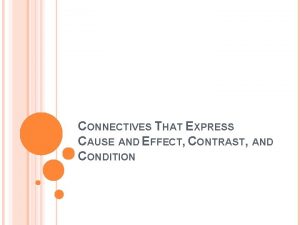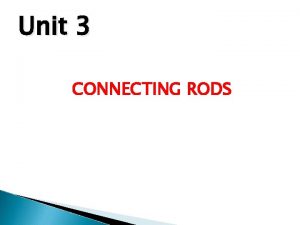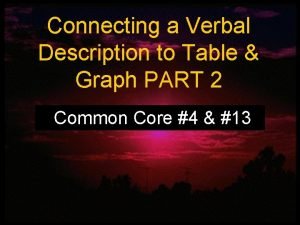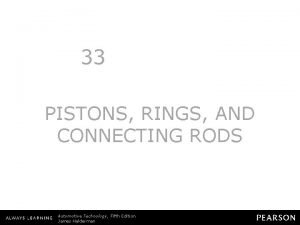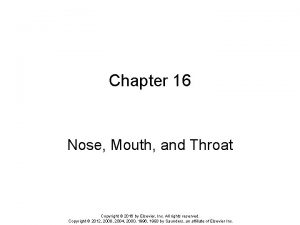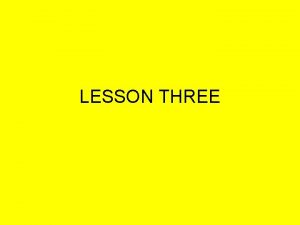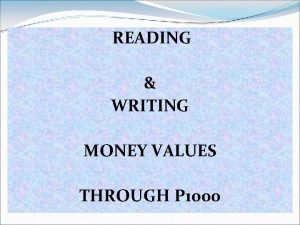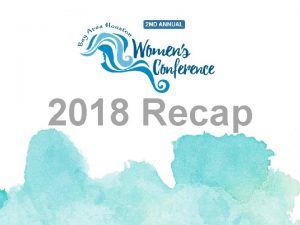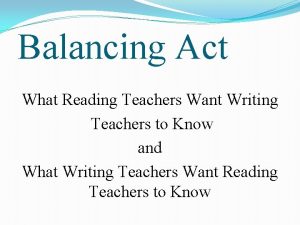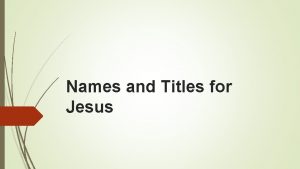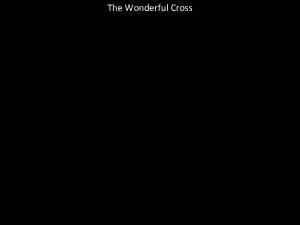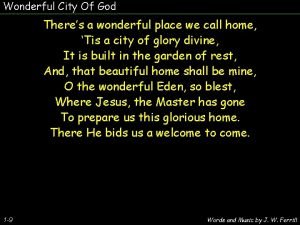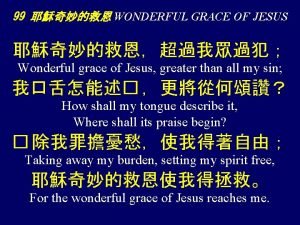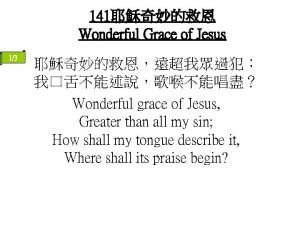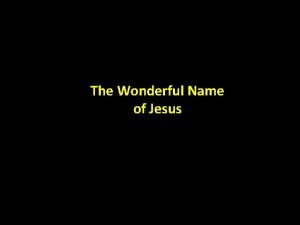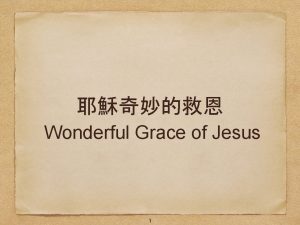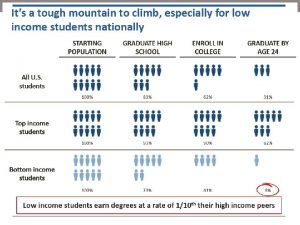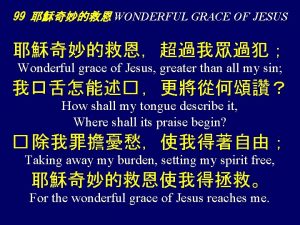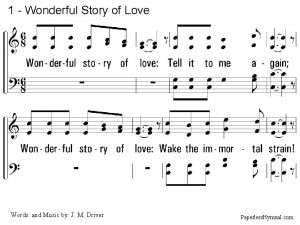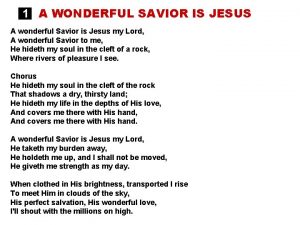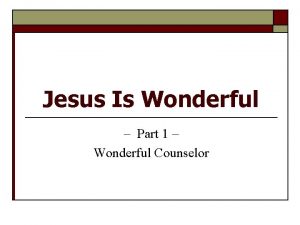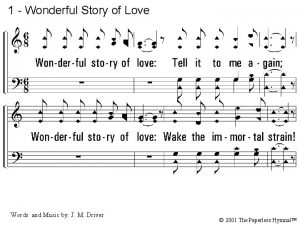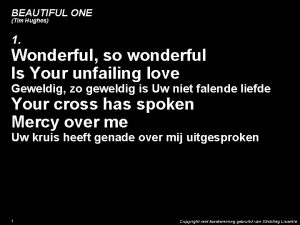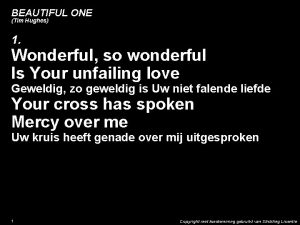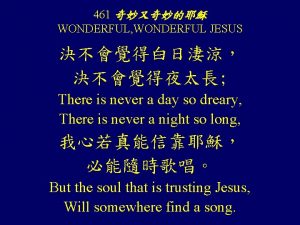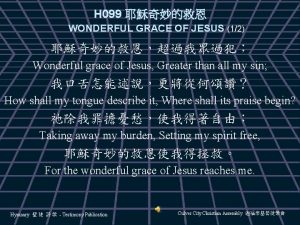Welcome wonderful teachers Connecting Reading and Writing Early






























- Slides: 30

Welcome wonderful teachers! Connecting Reading and Writing Early Childhood August 5, 2014

Facilitated by: Gina Flynn: Junior Kindergarten Teacher, Saint Robert School Courtney Albright: Director of Curriculum and Instruction, Saint. John Vianney Now let’s “check-in!”

Big Ideas • Image of self as a writer • Stages of word making development • Vision—honoring the importance of making books • Reading like a writer

What it means to be a writer o The children …. o are writing and using that writing to make picture books! o are given choice and can write about their world o are building writing stamina o are sharing their books and can read their books o have teachers who honor approximations o have teachers who value their writing

Focused Experiences o Create a classroom where the children’s experiences lead to… o o o o Problem solving and reasoning Questioning and problem posting Keen observation Imagining, innovating, and responding Intellectual risk-taking Thinking interdependently Persistence

Importance of Bookmaking o Picture books are familiar o Picture books expand the avenues for meaning making o Picture books “forces” the issue of composition o Picture books help children read like writers o Picture books build stamina o Making picture books is fun

Side-by-Side Teaching o Making time o Difference between nudging and pushing o Responsive action

Child’s Image as Self as a Writer o Helping children want to make books o Respecting children’s initiative o Minimal dictation

Support Structures in Early Childhood Preschool (K 3/K 4) K-2 Read Aloud Mini Lesson Reading Like a Writer Envisioning Writing Published Books, Student Books, My Books Book/Topic Choice Side by Side Teaching Conferring Importance of book making Topic Choice Always teaching (nudging vs pushing) What a child can do independently with a little support Teaching of strategies Share Time Audience Teaching (pointing out smart things a child did)

Structural Differences Preschool (K 3/K 4) K-2 Children choose when to write Writer’s Workshop Most children not writing every day Weekly schedule Children aren't writing all at the same time Children are writing at the same time Strategies appropriate for preschool Strategies appropriate for primary Organized by focus Organized by units of study

Stages of Writing • • • Emerging/Scribble Pictorial/ Drawing Pre-communicative/ Letter-like Forms--Letter Strings Semi phonetic and Phonetic -Invented Spelling Transitional and Conventional Spelling Copying Environmental Print

Stages of Writing Emerging/Scribbles

Stages of Writing Pictorial/Drawing

Stages of Writing Pre-communicative/ Letter-like forms

Stages of Writing Invented spelling and conventional spelling (first name)/ Semi-phonetic, and transitional.

Stages of Writing Copying environmental print

Stages of Writing • Transitional • Conventional • Advanced

Understandings About Bookmaking and Composition • Text • Process • Writer

Why integration? • What you think, you can talk about. • What you say, you can write. • What you write, you can read or someone else can read.

Read Alouds/Mentor Text o The same books that you read aloud are valuable models for writing! o As you read books, suggest that children can make their own books about topics they care about. o Use books that you write as mentor texts. o Read a variety of texts o Read texts worth reading o Read interactively

Share Time o o Purpose of picture books Learning from other writers Getting idea for writing Building identities as writers

Young children learn through… • Play and exploration • Social interaction with adults and other children • A “need to know” -- Northwest Educational Technology Consortium (2003)

The Book Nook—Not Just for Books and Not Just a Nook a) b) c) d) e) f) g) h) i) j) k) l) m) n) o) p)

The Book Nook—Not Just for Books and Not Just a Nook q). r). s). t). u). v). w). x). y). z).

Big Ideas for Nurturing Young Writers • • Image of self as a writer Honoring approximations Nudging vs. pushing Choice Stages of word making development Composition dimensions Vision—honoring the importance of making books • Reading like a writer Matt Glover

Acknowledging our References http: //youtu. be/Vchg. R 02 k 3 Qw

Acknowledging our References Photocopied and referenced with permission from ALREADY by Katie Wood Ray and Matt Glover. Copyright (c) 2008 by Katie Wood Ray and Matt Glover. Published by Heinemann, Portsmouth, NH. All rights reserved.

Acknowledging our References Photocopied and referenced with permission from ALREADY by Katie Wood Ray and Matt Glover. Copyright (c) 2008 by Katie Wood Ray and Matt Glover. Published by Heinemann, Portsmouth, NH. All rights reserved.

A Quick Write • What is your first remembered experience about reading or writing? • Share your writing with the person next to you. • Who would like to read what you wrote?

A Quick Write • A quick write – How do you think reading and writing are related? • Share your writing with the person next to you. • Who would like to read what you wrote?
 No need to run and hide its a wonderful wonderful life
No need to run and hide its a wonderful wonderful life Wonderful so wonderful is your unfailing love
Wonderful so wonderful is your unfailing love Wonderful wonderful jesus
Wonderful wonderful jesus Welcome back i hope you enjoyed your vacation
Welcome back i hope you enjoyed your vacation Pre reading while reading and post reading activities
Pre reading while reading and post reading activities Nature inspired inventions
Nature inspired inventions Kim kroll teachers pay teachers
Kim kroll teachers pay teachers Early cpr and early defibrillation can: *
Early cpr and early defibrillation can: * My nearest store
My nearest store Welcome dear teachers
Welcome dear teachers Welcome welcome this is our christmas story
Welcome welcome this is our christmas story God loves you and has a wonderful plan for your life
God loves you and has a wonderful plan for your life A turtle is huge subject and predicate
A turtle is huge subject and predicate Maiden early school reading
Maiden early school reading Tera-3
Tera-3 Why was wudi called the martial emperor
Why was wudi called the martial emperor Reading early start
Reading early start Test of early reading ability
Test of early reading ability Allontois
Allontois Connecting rod diagram with dimensions
Connecting rod diagram with dimensions Consequently cause and effect
Consequently cause and effect Function of connecting rod
Function of connecting rod Connecting a verbal description to table and graph
Connecting a verbal description to table and graph Pistons rings and connecting rods
Pistons rings and connecting rods The cleft connecting the nose and mouth to the larynx
The cleft connecting the nose and mouth to the larynx Name all segments parallel to vs
Name all segments parallel to vs Function of connecting rod
Function of connecting rod How to write 25 centavos in peso sign
How to write 25 centavos in peso sign Aims and objectives of reading
Aims and objectives of reading Kind of reading
Kind of reading Intensive reading and extensive reading
Intensive reading and extensive reading


